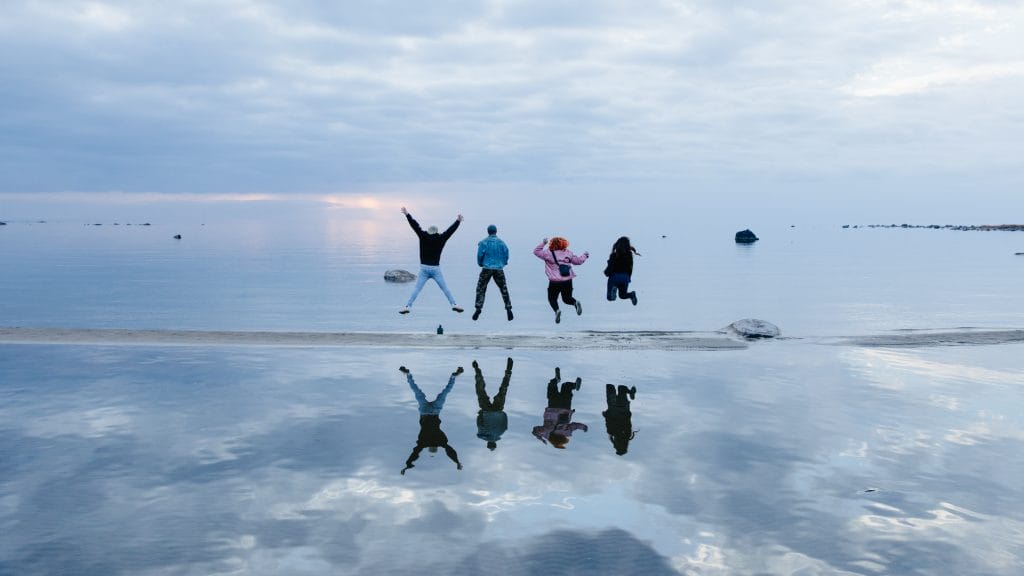Kokkola has always been an international town – or at least ever since the Swedish king Gustav II Adolf founded it on the coast of the Gulf of Bothnia 400 years ago.
Kokkola quickly became an important port that enabled the export of tar to Sweden and elsewhere in Europe and the import of all kinds of necessary goods, such as raw materials and household items, and even scientific and artistic trends and new ideas.
Therefore, we can say that the sea has shaped the thoughts, culture and mindset of the people of Kokkola for many centuries. Perhaps this is why the locals have always found it easy to look beyond our familiar city borders. Many have left the city to explore the world, but almost as many have also returned. The people of Kokkola understand that not all wisdom can be found in our own corners. Instead, having an open mind is the key to success.
That is why the sea means more to the locals than just beautiful sunsets and the quiet whisper of the waves. The sea is a symbol of the freedom of thought and of the countless opportunities the world has to offer. The sea reminds us that when we try hard enough and seek new perspectives, anything is possible.
